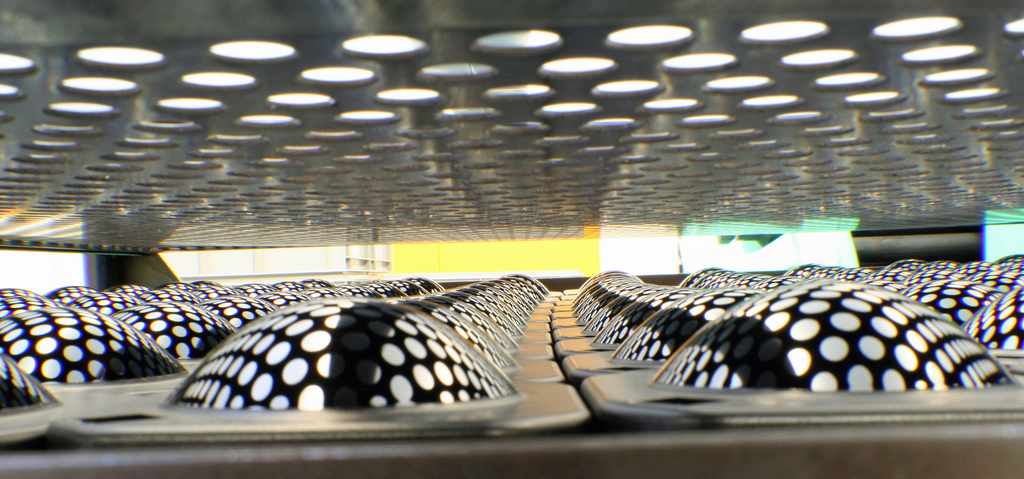3 Ways Small to Medium-Size Plastic and Rubber Manufacturers Can Gain a Competitive Edge
Plastic and rubber manufacturers have long been critical players in the U.S. manufacturing landscape. Currently the third-largest industrial manufacturing sector in the United States, plastic and rubber supports countless other sectors, from packaging and medical devices to automotive and construction.
With overall upswings in both domestic and industrial demand, 2015 is looking to be a year of high growth for plastic and rubber. That being said, here are three ways smaller-scale plastic and rubber manufacturers can take advantage of these positive prospects and gain an edge over the competition.
Invest in the Right Infrastructure
Calculated investments in new infrastructure and equipment will be key for anyone looking to gain a competitive edge. With recent advances in major processes such as injection molding, 3D-printing and automated manufacturing, smaller manufactures are ideally poised to focus their production on high precision and specialized plastic and rubber production.
As demand for personal electronics and other complex consumer products continues to rise, the ability to develop the precise components needed to produce such items is critical. This type of business model – a limited but customizable scope of production that’s high in quality and precision – would allow manufacturers to remain small in size while continuing to sustain their enterprise.
After the massive innovations in automation brought by the twentieth century, it’s now time for manufactures to focus on honing the advanced applications of such technology, especially when it comes to custom or niche production.
Plastic and rubber manufacturers need to focus on identifying the right investments in order to engage in a certain production style, in turn allowing them to serve the customers of their chosen core business. Investing in precise, automated and efficient production equipment will enable a quick response to meet customer demand, winning them an essential competitive advantage.
Share Resources
For smaller plastic and rubber manufacturers that may not be able to finance the new equipment or infrastructure machinery necessary to compete, partnerships are an excellent option.
Already a common practice, partnering with small-scale manufacturers with the correct manufacturing capabilities allows smaller manufacturers to remain competitive in the growing market without incurring steep startup costs.
Stay Close to Customers
Finally, as many plastic and rubber manufacturers are pulling globally outsourced production back to home shores, competition is increasing. This makes partnering with customer more desirable. Aside from the rising expense of outsourcing, end-market producers are increasingly realizing the benefit of having value-added manufacturers nearby. Close proximity allows for more coordinated efforts, shorter lead times and increased quality control. Quality control is critical for the production of medical devices, where precision and specificity are key.
Manufacturers who are reshoring production will need to develop increasingly strong relationships with domestic buyers to hedge against challenges they may face in the reshoring process. Efforts in this direction will help to ensure that manufacturers can successfully reestablish themselves and will be able to compete as the domestic marketplace becomes increasingly crowded.
The bottom line is that small and medium-scale plastic and metal manufacturers can benefit from moving in any of these directions going forward. Limiting the breadth of production scope and focusing on efficiently supplying a new niche market will open up doors in a variety of end-markets. Additionally, partnerships in resource sharing are a highly viable option for recognition in the industry today.
Plastic and rubber manufacturers don’t need to cater to multiple value-added stages in a production line. Instead, they should focus on acquiring a distinct client base and partnering with others who can help round out that client base.
